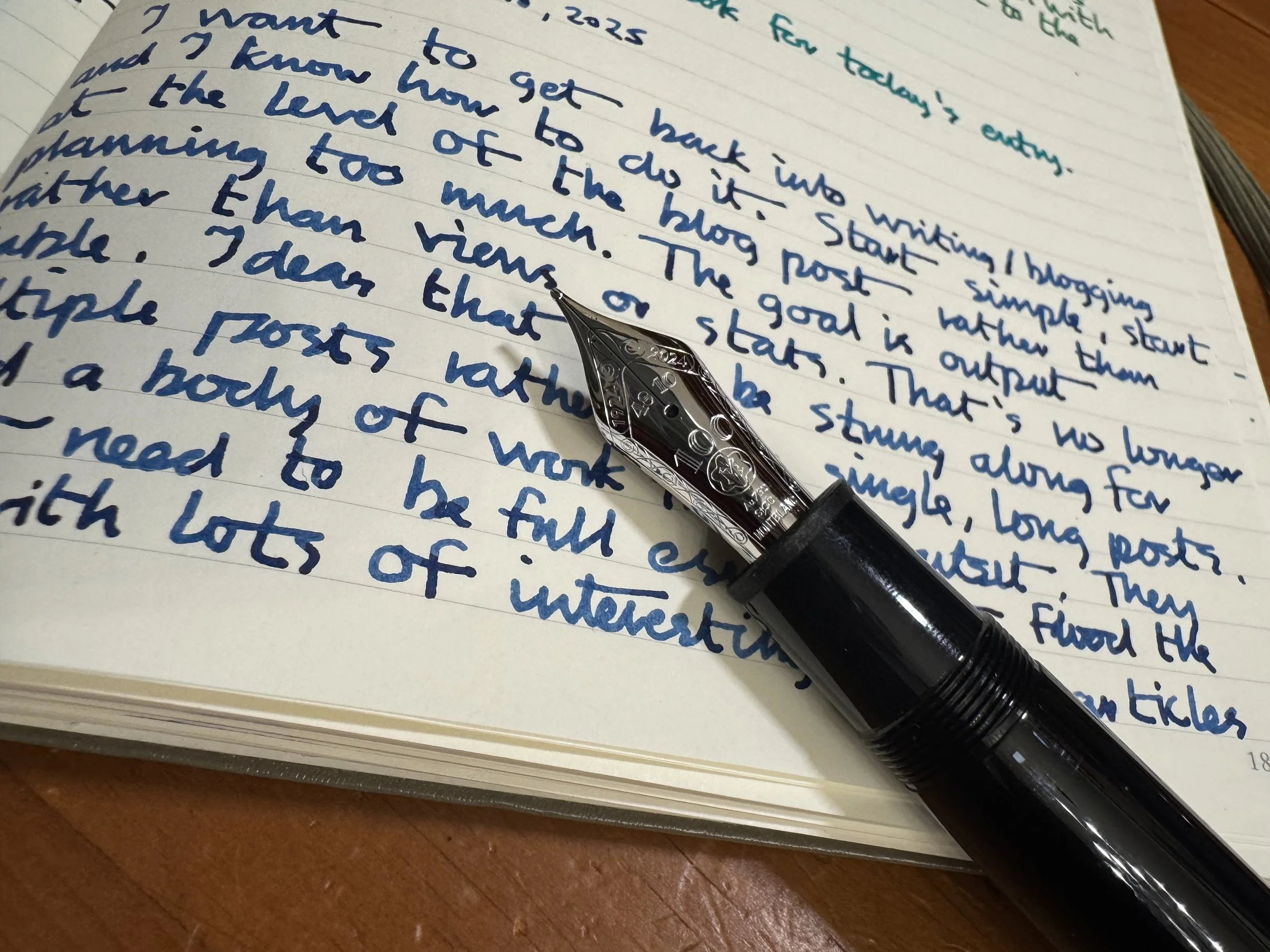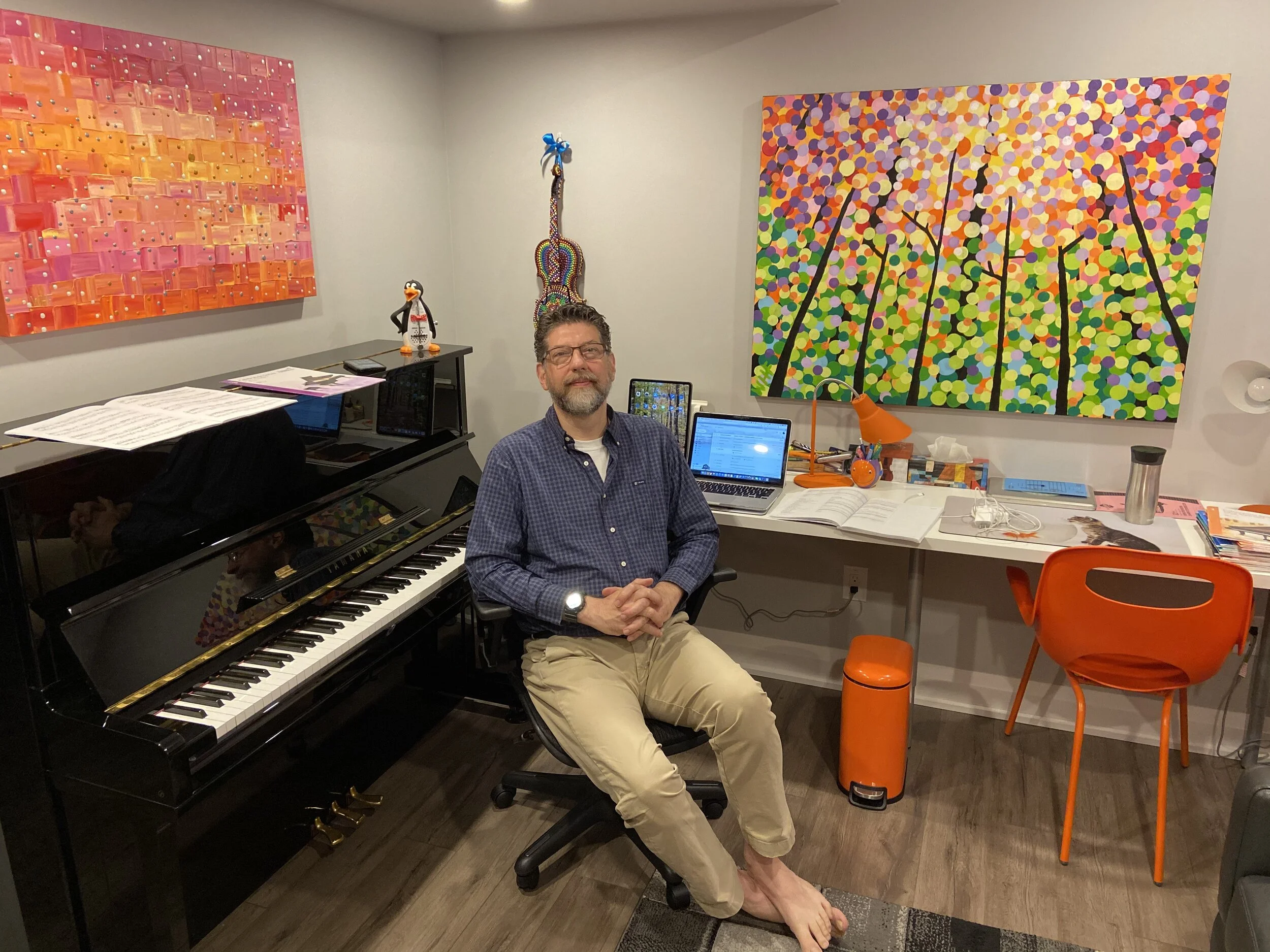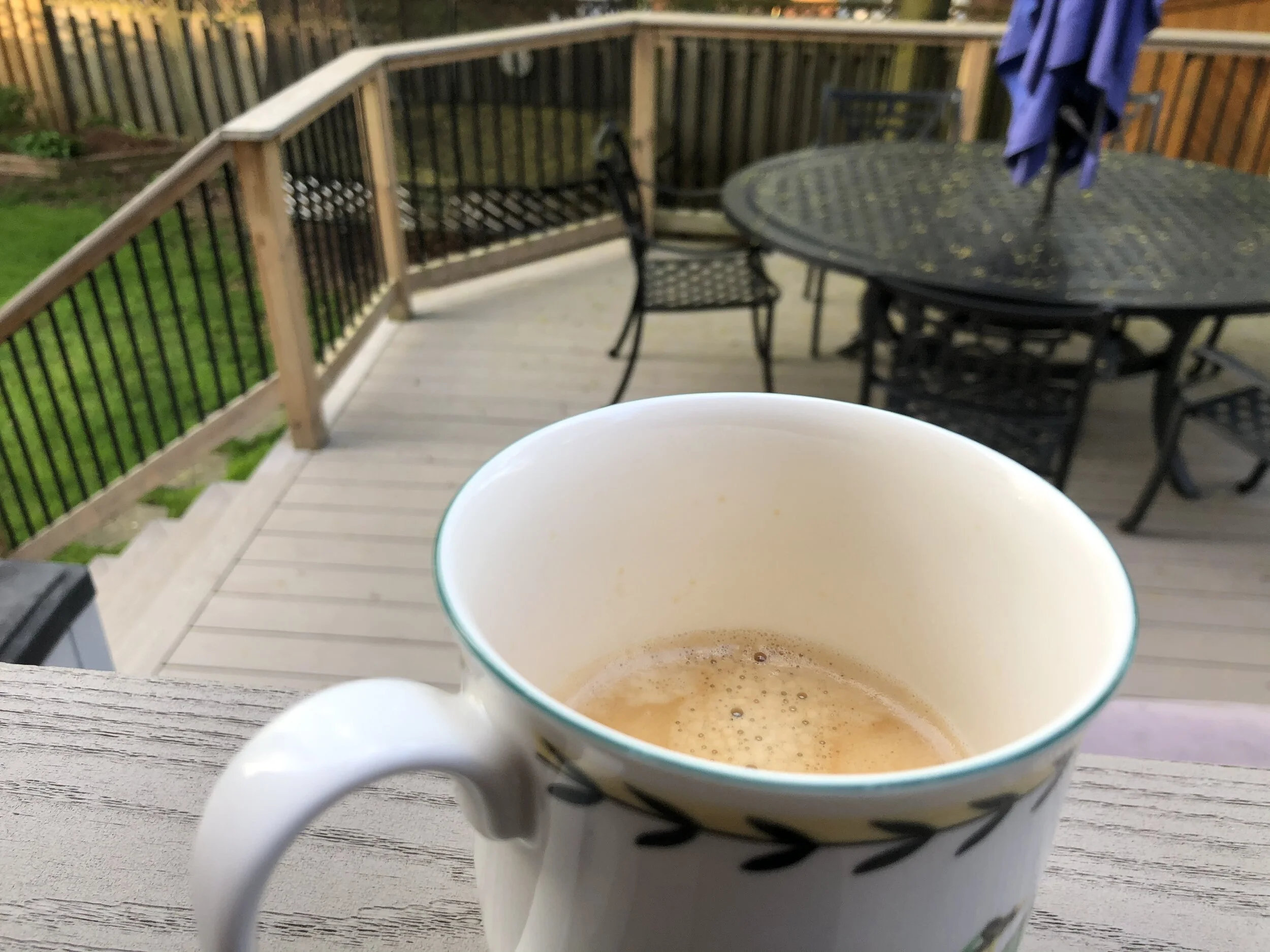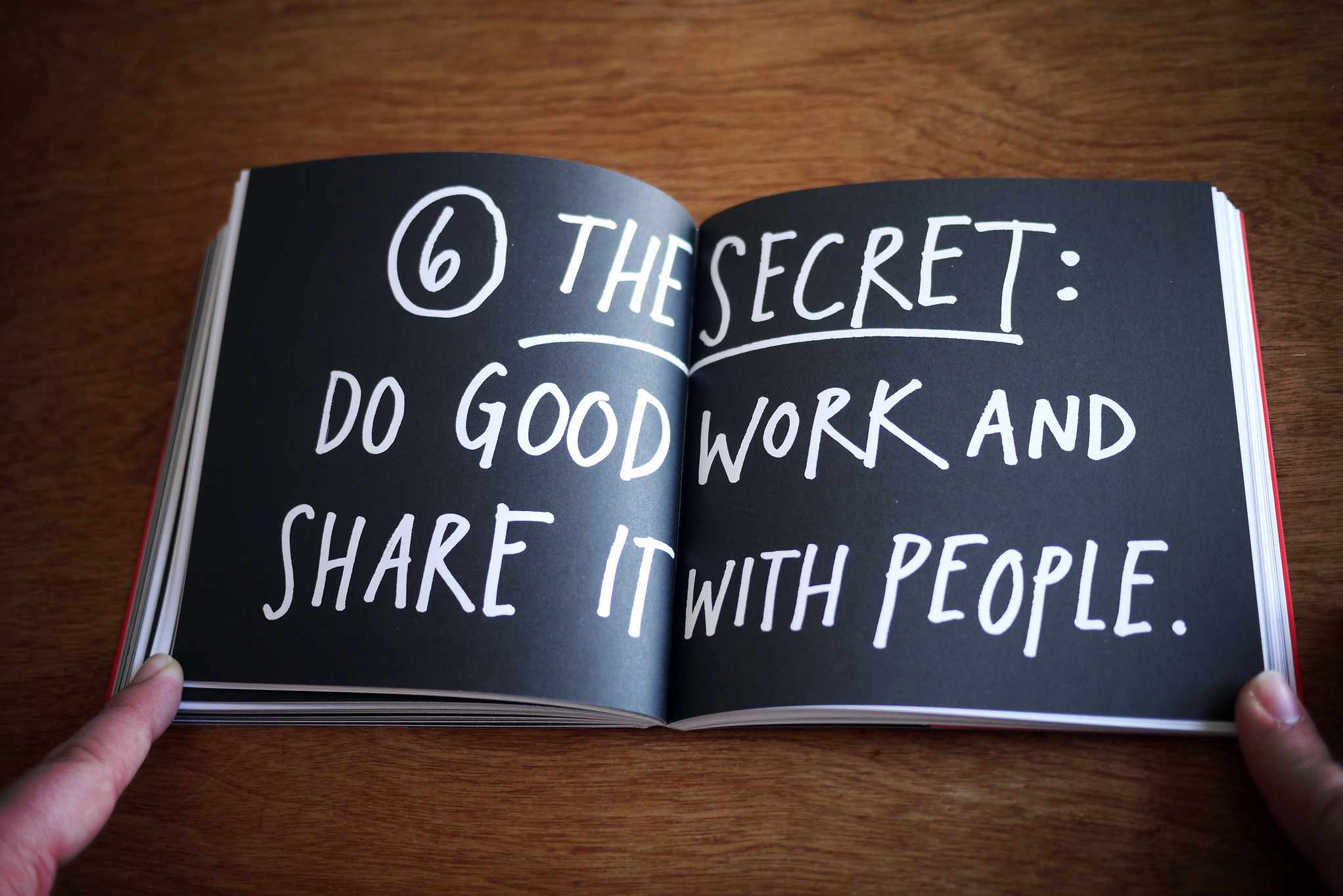These four simple words regularly pop out of the mouths of people in phone calls, meetings, coffee gatherings, and late-night Facebook Messenger chats.
I have an idea.
These four words signal that the person who said them has not only thought of something, but that they have plans, are willing to share them, talk through them, and have made the first steps forward towards making an idea a reality.
I have an idea.
If you’re the one saying these words, you’ve taken the time to find a new way to approach a situation, solve a problem, find a new market, or discover something completely new. You’ve also put enough trust in those around you to broach the subject, throw out an idea, seek input, and start a discussion.
I have an idea.
If you’re the one to whom these words are directed, listen carefully. Someone has put their trust in you and has gone out on a limb in order to share their ideas with you. They have just started the process of collaboration and need some valuable input based on your own experience and ideas. They might even have an answer to a question that has been nagging at you for a very long time.
But the person putting out the idea has also taken a risk. The danger of someone putting themselves out on a limb in this way is their idea might be dismissed for not being financially viable, a little too over-the-top, not cognizant of present realities, or not appropriate to the situation. They might get the impression that their ideas weren’t even viable in the first place.
But the process of putting out an idea is critical to moving forward projects, careers, and the entire profession. We need a steady stream of new ideas. Even if they’re a little too ambitious, they can lead to other new ideas, to partnerships, collaborations, and eventual solutions.
Over the last few months, the words “I have an idea” have been spoken to me a larger number of times than usual. This is good news indeed that I might be a person who has them too, am surrounded by exceptional individuals, and who trusts and is trusted enough to be able to understand and talk about them. Thank you for sharing your visions and crazy dreams with me.
For those of you who have said these words to friends, colleagues, or potential colleagues, keep up the great work. Keep on thinking up new ways of doing things, and take a chance to share it with others. Keep on looking for people worthy of sharing your vision with, and who have the ability to understand you. From these discussions there will arise a future of new possibilities.
(Image courtesy of Sean Patrick Murphy on Unsplash)













